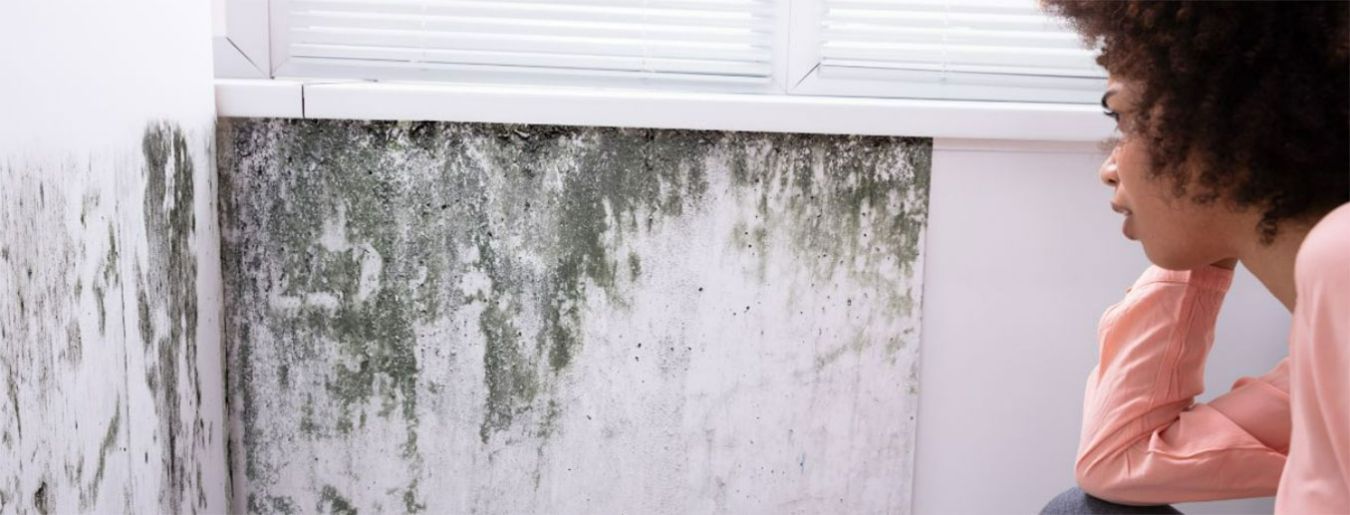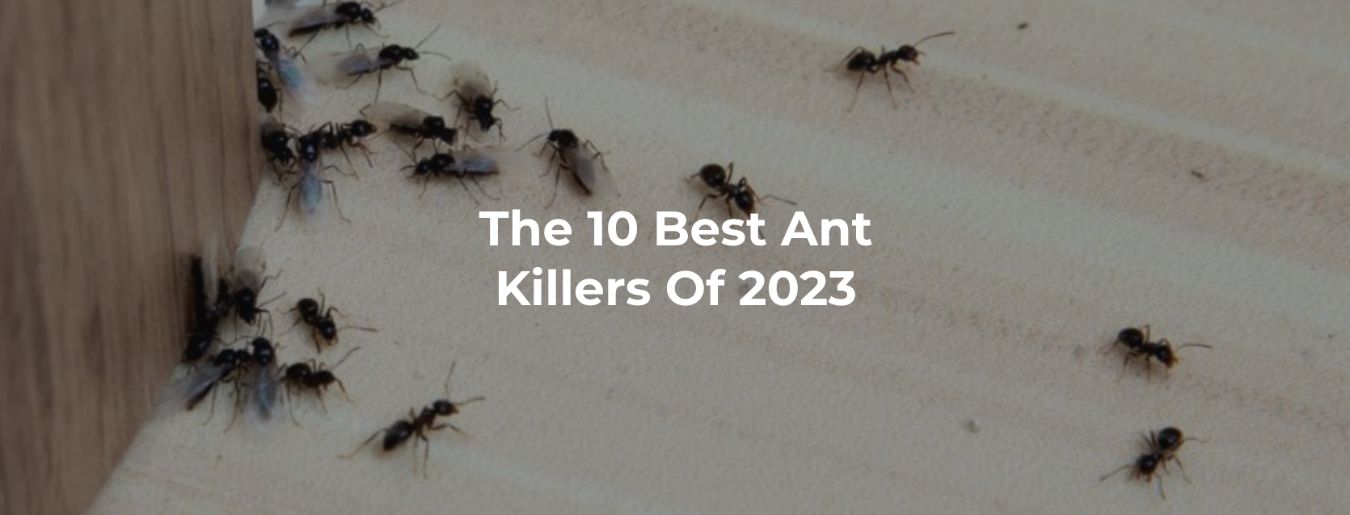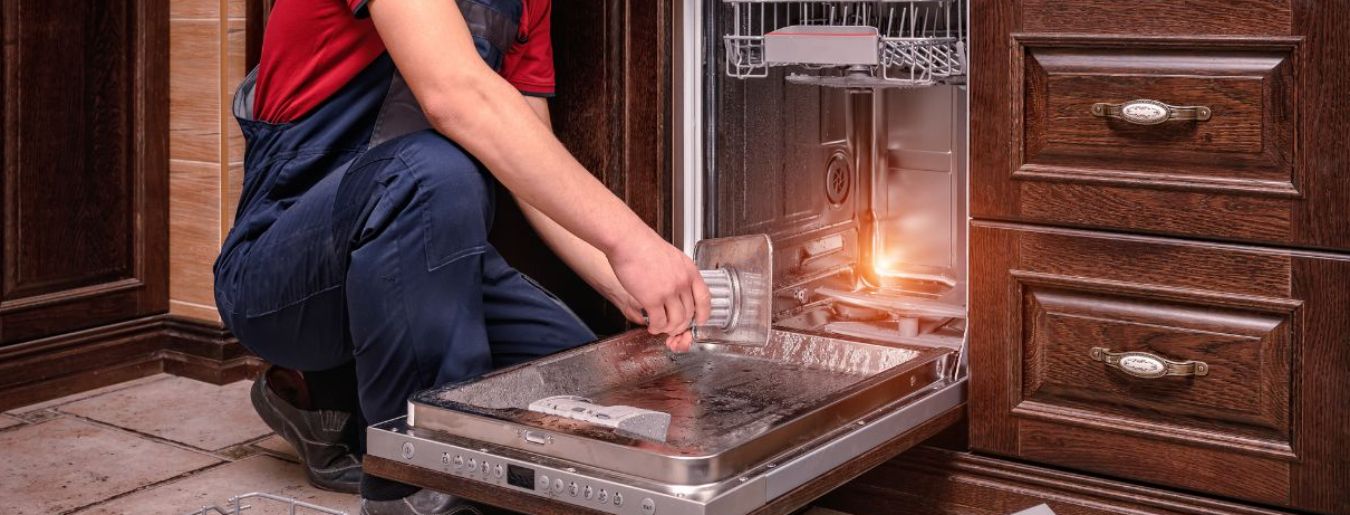Mold and mildew are terms to describe certain kinds of fungus. Mildew and various molds share some similarities and may grow in similar conditions, but some forms of mold—notably black mold—may be toxic. It is important for homeowners to be able to distinguish mildew from its nastier cousins.
In this article, we will review the similarities and differences between mildew and various kinds of mold. We will also share how to prevent common basement or shower mildew vs. mold growth elsewhere in the home.
What Is Mold?
Molds, like mushrooms and yeasts, are a kind of fungus. They reproduce by releasing microscopic spores, which you can think of as being analogous to the seeds of a plant. In the right conditions, spores can take hold and mold will proliferate, growing in a broad and flat pattern.
Most molds thrive in damp and dark environments. They can grow on a wide range of substances and materials. These include:
· Drywall and sheetrock
· Fabric and upholstery
· Rugs and carpeting
· Tile and grout
· Cardboard and paper products
· Insulation
· Wood
· Paint
· Wallpaper
· Fruits, vegetables, cheeses, breads, and other foods
· Decaying plant matter
Molds are virtually everywhere. There are more than 100,000 kinds of mold, and spores are as prevalent in the air as pollen and dust. Some molds can be dangerous, but not all. Molds fill an important environmental niche in helping to break down organic material, and some molds are actually desirable for human purposes. The rind on brie cheese or the greenish streaks in blue cheese, for instance, is mold.
So where does mildew fit in? What many homeowners want to know is, mold and mildew— are they the same thing? Not exactly. Let’s examine why.

Get Home Warranty Quotes
from Top Rated Authorized
Partners
Get a Quote
What Is Mildew?
Mildew is another kind of fungal growth. The term is sometimes not as well defined as mold. In most contexts, mildew refers to a specific kind of mold. Several species of mold can be responsible for what we call mildew. The Federal Emergency Management Agency (FEMA) refers to mildew as a form of mold in an early stage of growth. In other colloquial contexts, mildew generically refers to any kind of mold growth that commonly appears in bathrooms and basements.
Notably, mildew is distinct in appearance from other species of molds or more advanced mold growths. Insidious household molds are often green, blue, red, or black and may have a fuzzy appearance. Mildew, on the other hand, is lighter in color, appearing more white or gray. It may turn darker shades of brown as it ages. Mildew usually appears in a thin coat of growth and may look powdery.
How Molds and Mildew Form
Like other kinds of fungi, molds and mildew release spores into the air. These microscopic spores are all over the place, both indoors and outdoors. When a spore lands on a surface conducive to fungal growth, it will germinate, and the mold or mildew will start to grow. Before long, you’ll notice the fuzzy white or green growth on that old loaf of bread, or the gray-white powdery film on your shower curtain.
Molds and mildew require moisture to grow, but even a little bit of condensation is enough to support fungal growth. In the average home, places that are susceptible to mold and mildew include:
· Bathroom walls and ceilings
· Bathtubs, shower curtains, tile, and grout
· Window framing and windowsills
· Surfaces near sinks and drains
· Spaces near leaky plumbing or roofs
· Basements and crawl spaces
· Potted plants
How Mold and Mildew Damage Homes
Proliferations of mold and mildew can have negative effects on your home and health, though some mold species are more concerning than others. Let’s first compare the damage of mold vs. mildew on walls, ceilings, floors, and other home surfaces.
Mildew tends to grow outward in a thin layer. If you catch it early, you can remove it with common household cleaning supplies. In some cases, it may be hard to remove mildew without damaging the underlying material. Scrubbing mildew from wallpaper, for instance, may leave lasting marks. Mildew may also leave some discoloration on some surfaces. Overall, however, mildew is not a significant cause of home damage. For most homeowners, the biggest nuisance associated with mildew is its unpleasant musty odor, which can be difficult to get rid of once the smell permeates walls, carpeting, and furniture.
How does mold compare? Mold grows outward like mildew, but it also penetrates the material it exists on. This can make mold much harder to remove. Mold also breaks down organic material. This is great in nature, where molds and other fungi can help to decompose leaves, dead trees, and animal carcasses. It is not so great in your home.
Left unchecked, mold will eat away at drywall, wood, insulation, and fabric. Rarely can these materials be salvaged. As the damage continues, the structural integrity of the home is compromised. Ceilings sag, walls buckle, and floors collapse. The cost of mold removal and associated home repair can total in the thousands—even tens of thousands.
Health Implications of Mold and Mildew
Indoor fungal growths may have deleterious effects on human health. Let’s compare the health impacts of mildewy surface mold vs. black mold and other potentially toxic varieties.
Mildew is not a serious health hazard. Some people may be sensitive to mildew and other relatively benign forms of mold. Symptoms can include:
· Red or itchy eyes
· Nasal irritation
· Sneezing
· Cough
· Headache
People with allergies, asthma, or other respiratory conditions and people who spend a great deal of time in places where mildew and mold proliferate are more likely to suffer these symptoms.
The health concerns of black mold vs. mildew are more serious. Black mold may refer to a few varieties of mold, but Stachybotrys atra is the usual culprit. This mold is dark green or black and often appears slimy. It is sometimes compared to dark paint or tar.
According to FEMA, symptoms of black mold toxicity poisoning include:
· Severe eye and nose irritation
· Wheezing, coughing, and asthma attacks
· Skin rashes or hives
· Headaches
· Memory or concentration problems
· Chronic fatigue
The Center for Disease Control (CDC) identified black mold as the cause of infant deaths in the 1990s. Studies since then have not proven a definitive link between black mold and human mortality. Some suggest that the media has overhyped the health implications of mold. Still, various government agencies, from the CDC to FEMA to the EPA, warn of the harmful effects of inhaling large quantities of mold spores, particularly for sensitive groups.
How to Inhibit Mold and Mildew Growth
The best thing you can do to keep mold and mildew out of your home is limit moisture and humidity. Here are some helpful tips.
· Use air conditioners and dehumidifiers to keep the air dry.
· Avoid long, hot, steamy showers and always run the bathroom fan while showering.
· Maintain your HVAC system to support good ventilation.
· Immediately repair leaky pipes and roofs.
· Regularly inspect your bathroom, basement, and other areas for early signs of mold growth.
· Enlist professional help to promptly clean up flood and water damage.
A little preventative maintenance goes a long way.




 Prev Post
Prev Post







